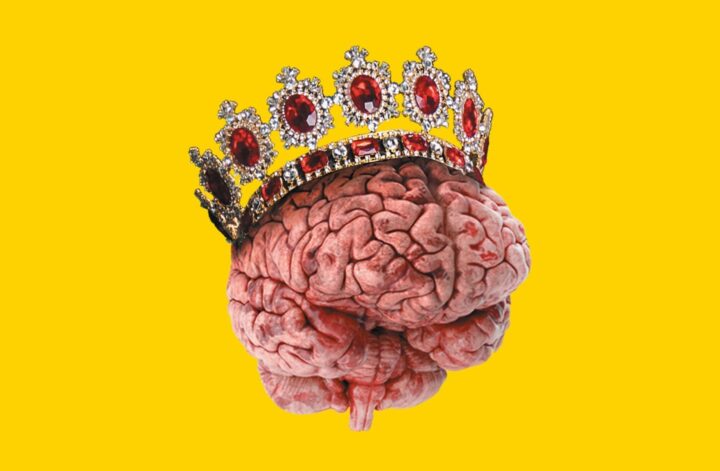“Encontrei 3 problemas de design e experiência no Twitter.
Problema 1: Contas fake. É só entrar num tweet que parece que estou numa festa à fantasia: um monte de gente usando máscara e opinando mais que Léo Dias.
Até Elon Musk já reclamou. Até 20% das contas podem ser falsas. Perigoso. As pessoas mudam quando são anônimas. Efeito de desinibição online: quando abandona sua identidade, as restrições ao seu comportamento normal também desaparecem.
O anonimato encoraja a participação, né Twitter?
Comenta aí: você gostaria do usuário comum também ter selo de verificação?
Problema 2: a navegação é muito profunda. Tem comentário dentro de comentário que tem comentários que foram comentados! É a Boneca Russa do Elon Musk.
Pode perder a referência da conversa principal… “do que vocês tão falando mesmo?!” Quanto mais profunda a navegação, mais desorientado o usuário fica. No livro “Não Me Faça Pensar”, Steve Krug diz que a navegação é boa quando você cai em qualquer tela e sabe exatamente onde está.
Problema 3: Para ver um comentário, precisa abrir a postagem, porque se clicar no ícone do comentário, abre a caixa de texto. Contraintuitivo.
Pesquisas afirmam que opinar te dá um senso de poder, porque te dá uma percepção de que influencia outras pessoas. Mas no Twitter, os comentários não aparecem de cara. Isso é um matador de retenção! Uma opinião oposta à sua pode te fazer querer entrar na conversa.”
Conheça o meu livro sobre Psicologia aplicada ao UX Design.
Referências:
- Ren, Yuqing, et al. “Encouraging commitment in online communities.” Building successful online communities: Evidence-based social design (2012): 77-124.
- https://www.bbc.com/news/business-61432483
- Gunther, Richard, Paul A. Beck, and Erik C. Nisbet. “Fake news did have a significant impact on the vote in the 2016 election: Original full-length version with methodological appendix.” Unpublished manuscript, Ohio State University, Columbus, OH (2018).
- Suler, John. “The online disinhibition effect.” Cyberpsychology & behavior 7.3 (2004): 321-326.
- Krug, Steve. Don’t make me think!: a common sense approach to Web usability. Pearson Education India, 2000.
- Schaerer, Michael, et al. “Advice giving: A subtle pathway to power.” Personality and Social Psychology Bulletin 44.5 (2018): 746-761.
🇺🇸 English version
“I found 3 design & experience issues on Twitter’s app.
Issue 1: Fake accounts. Just enter a tweet that looks like I’m at a costume party: a lot of people wearing masks and giving more opinions than @leodias .
Even @elonmusk has complained. Up to 20% of accounts can be fake. Dangerous. People change when they are anonymous. Online disinhibition effect: When you drop your identity, restrictions on your normal behavior also disappear.
Anonymity encourages participation, right Twitter? Leave a comment: would you like the common user to also have a verification seal?
Issue 2: Navigation is too deep. There’s a comment inside a comment that has comments that have been commented on! It’s Elon Musk’s Russian Doll.
Might miss the main conversation reference… what are you guys talking about? The deeper the navigation, the more disoriented the user becomes. In the book “Don’t Make Me Think”, Steve Krug says that navigation is good when you land on any screen and you know exactly where you are.
Issue 3: To view comments, you need to open the post, because if you click on the comment icon, the text box opens. Counterintuitive.
Research says that giving opinion gives you a sense of power, because it gives you a perception that you influence other people. But on Twitter, the comments don’t show up right away. That’s a retention killer! An opinion opposite to yours may make you want to join the conversation.””
Get to know my book about Psychology applied to UX Design.
Watch more videos on Psychology applied to UX Design and cognitive biases on the Design From Human channel.
